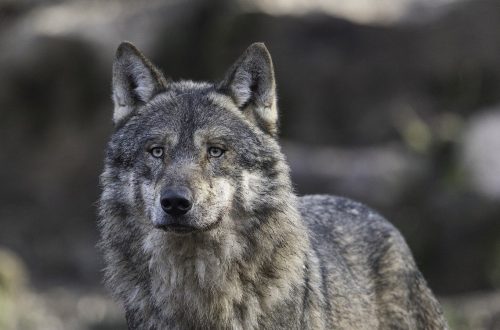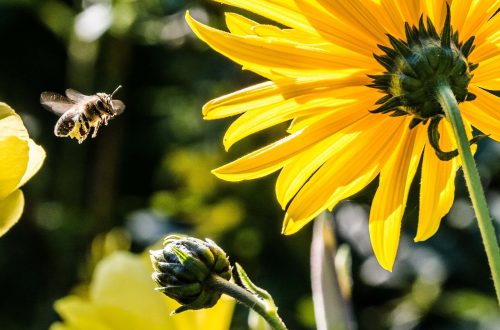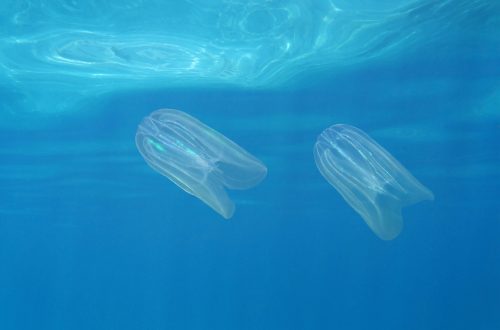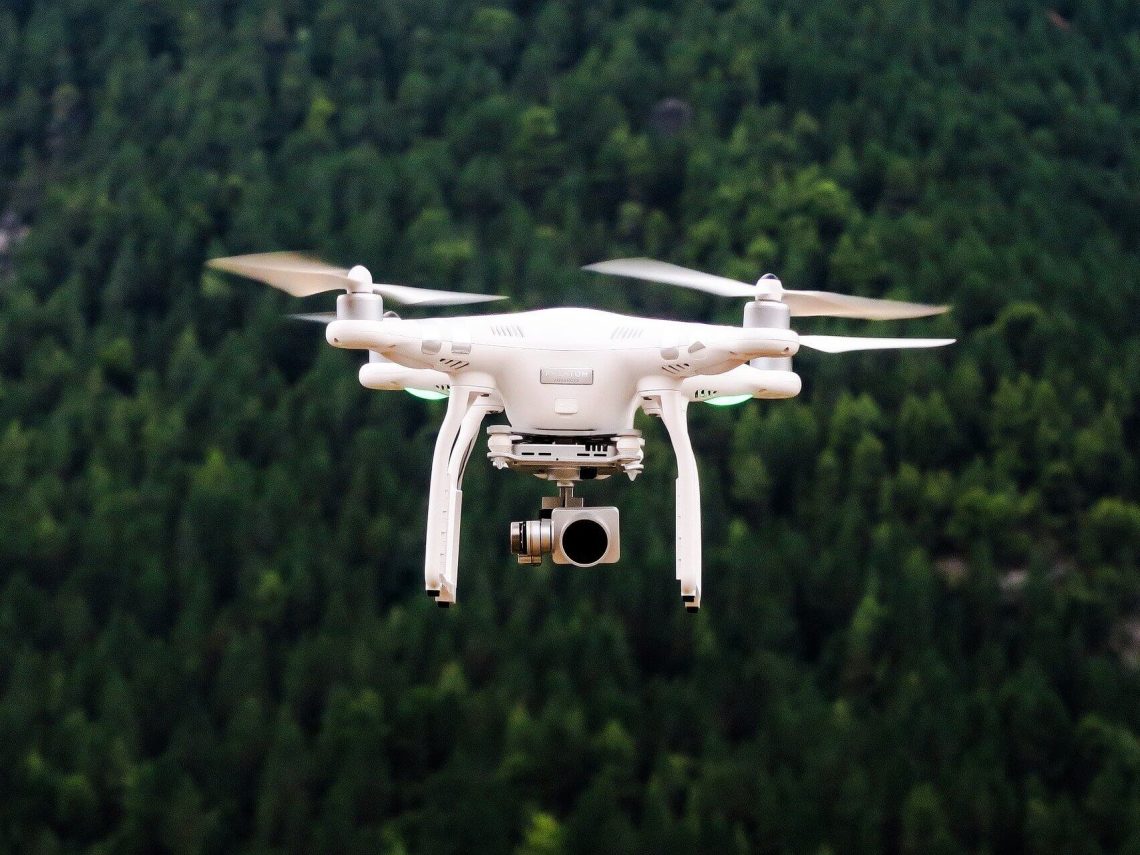
Using Drones for Wildlife Conservation
How can we use drones for wildlife conservation?
Drones are gradually filtering into the mainstream. As they become more accessible and affordable their appeal grows. Most of us will consider them nothing more than a fun toy for our individual entertainment, but they actual have a lot of real-life applications. Today I am asking, how can we use drones for wildlife conservation?
Back in the day (and still today)
Aerial surveys are nothing new. Previously, however, they have relied on helicopters to provide that service.
Drones, or UAVs (unmanned aerial vehicles), have provided an almost infinitely more accessible way of accessing the air.
Whilst a high quality drone isn’t cheap by most people’s standards, it is definitely cheaper than hiring helicopters. This is a huge win for cash-strapped conservationists and less affluent countries.
They are also far quieter and less intrusive than helicopters. This is great for surveying wildlife as you want to aim to have as little impact as possible on the behaviour of the animals you are studying. Studies are currently being carried out into the impact of drones on animal behaviour.
Drones can be easily transported on the ground and manoeuvred through the air.
Using drones for wildlife conservation is also so much safer for the scientists involved who don’t have to take to the air themselves.
What are drones used for?
Mapping
The use that most quickly springs to mind for drones in wildlife conservation, is for mapping.
Clearly, if you can get up into the air your can easily get your own birds-eye view over a large area.
This allows us to view the course of rivers, spot clearings in forests and hot spots for certain species. Habitat connectivity is super important in wildlife conservation, and drones can help us to identify gaps in wildlife corridors.
If we are to conserve wildlife it is important that we gain an accurate overview of the habitat they live in so we can find ways to best protect it.
A great example of this is how TwoTravlrs utilised their own personal drone to aid the conservation of Bentley Wood. They were able to map the forest and use the data to identify where storm damage can been done and where a future pond could be located. This is a small scale example that perfectly demonstrates the scope of what the technology could offer.
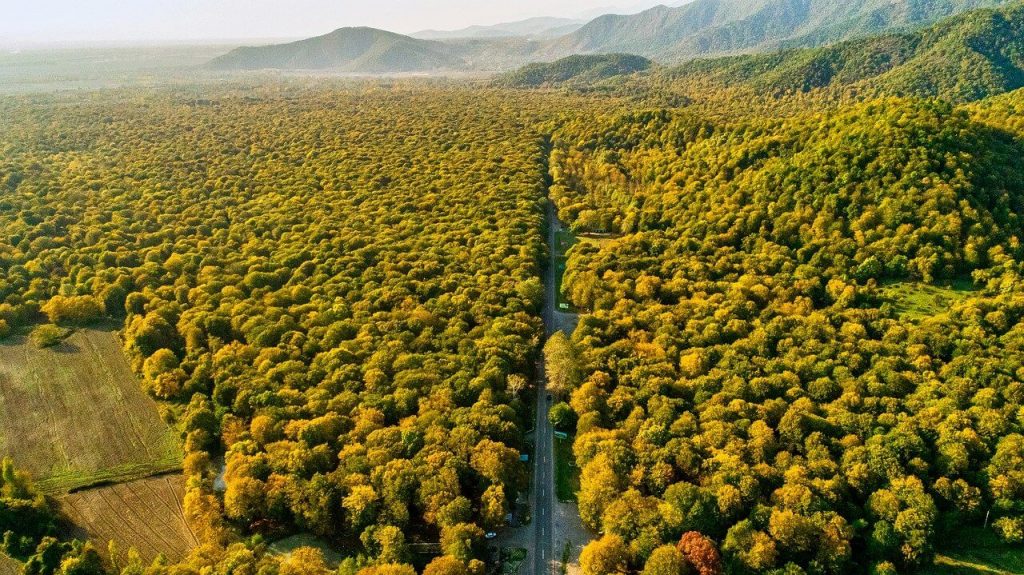
Surveying
In last week’s articles on AI in wildlife conservation, I mentioned how surveying is a time consuming and expensive process. However, it’s one of the most powerful tools we have at our disposal in wildlife conservation.
If you know how many individuals of a particular population you have, you can then notice any changes in that population. You can spot any patterns in when, why, where or how they are being lost. This can help to channel conservation efforts to where it is likely to make a difference.
Having access to a UAV can offer an opportunity to count these individuals carefully and safely, and sometimes in otherwise hard-to-reach areas.
Think back to August 2020, when satellite imagery revealed to us an entire population of emperor penguins we never even knew existed. Clearly, the reason we were previously blind to their presence was because of their remote location. Perhaps the next steps could be to send out drones to survey the population.
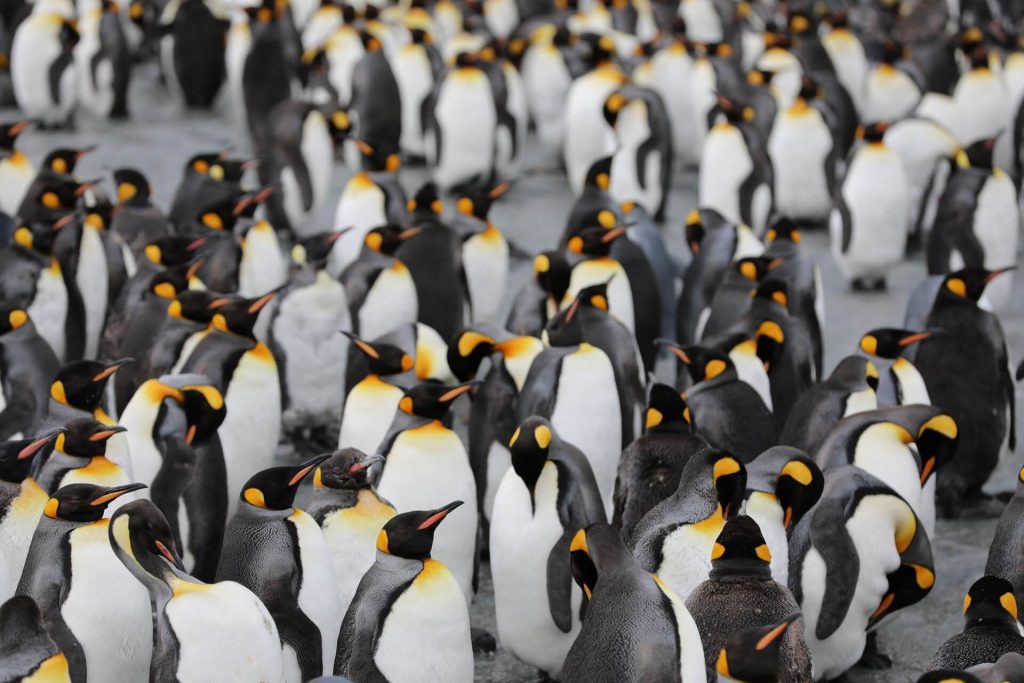
Animal Behaviour
Similarly, there are applications for drones in wildlife conservation in studying animal behaviour.
We can access populations of animals without the need for a human presence. This can be dangerous for researchers and could result in a change to the organism’s behaviour.
As I have mentioned, the impact on behaviour is not zero, but perhaps with future research and development, this is something that will be improved on in future.
Ending illegal activity
The ability to have eyes in the sky has helped catch poachers and illegal loggers from the plains of Africa to the jungles of Asia.
The aerial view clearly allows authorities to spot movement across larger distances, but the benefits do not end there.
In combination with thermal imaging cameras they have helped to take down poachers working under the cover of darkness.
This, in turn, is also being paired with AI technology. Hopefully, it can eventually work almost autonomously to patrol and protect huge areas.
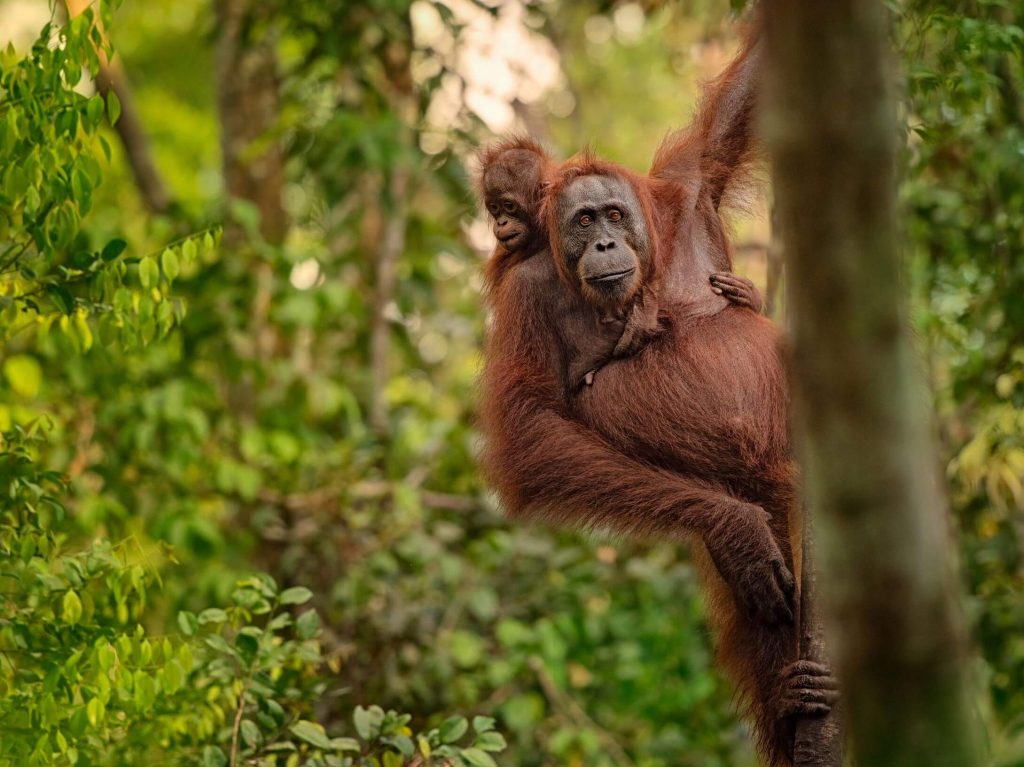
The Future
I would expect the use of drones for wildlife conservation to grow hugely in the next few years and for the technology to become ever smaller, cheaper and higher quality. The scope of their use almost certainly has a long way to expand.
Specialisation
One change I would expect to see is a gradual specialisation of the equipment.
This will come as a result of both a changing market and through the innovation of scientists using drones for their own research.
One example could be finding ways to mimic the behaviour of the animals we are studying, such as flocking like birds. This would minimise the impact on our study subjects.
Adaptations that allowed a UAV to perch among trees could make it less conspicuous to wildlife.
Similarly, altered its sound could be a subtle way to shift its impact in the environment.
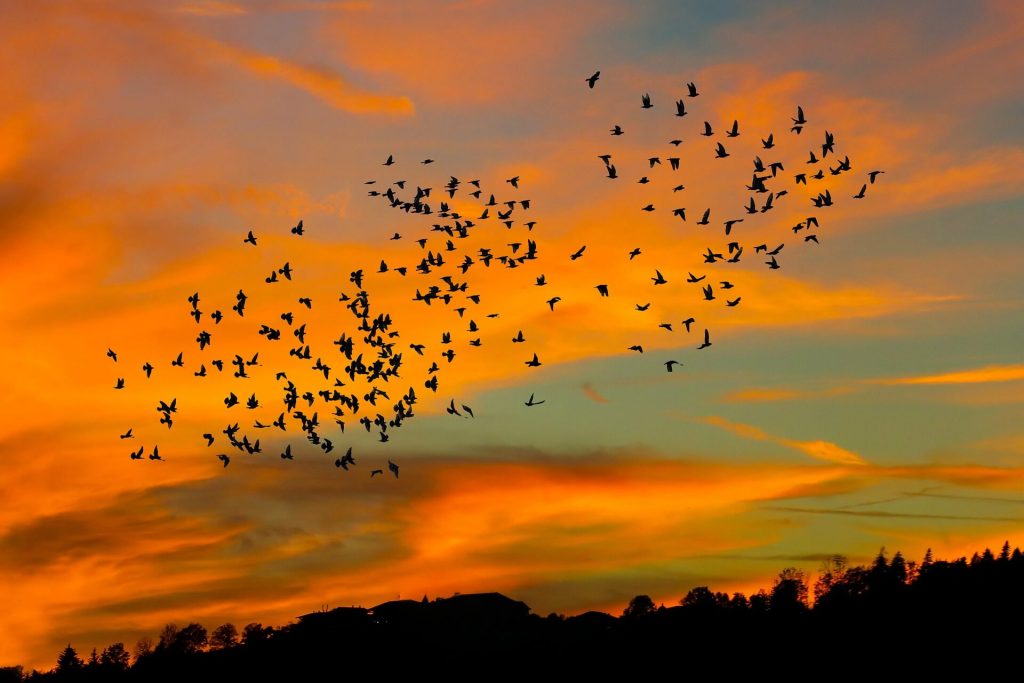
Acknowledge the negatives
It is impossible to talk about drones without mentioning the negative side effects of their sudden proliferation within the general public.
The benefits of using drones for wildlife conservation are also a draw for personal use of the technology. My household owns a tiny one ourselves!
But if not used considerately, this technology can act to disturb wildlife as much as to protect it. It is clear that we need to gain a better understanding of the impacts to wildlife, and develop clearer guidelines for users to mitigate their effects.
This will inevitably have to lead to changes to the law in governing when and where drones are used.
One Wild Thing
This is a tricky one to get involved with, but let’s consider some of our options.
- If you’re a scientist using UAVs in your research, get communicating about your work. I’d love to hear about the ways you have used drones for wildlife conservation.
- If you own a drone yourself, ensure you are following laws and rules regarding their use. Fly responsibility and watch this space for a future post on the topic.
- Take a look a Conservation Drones’ website to see their work in providing UAVs to researchers internationally!



